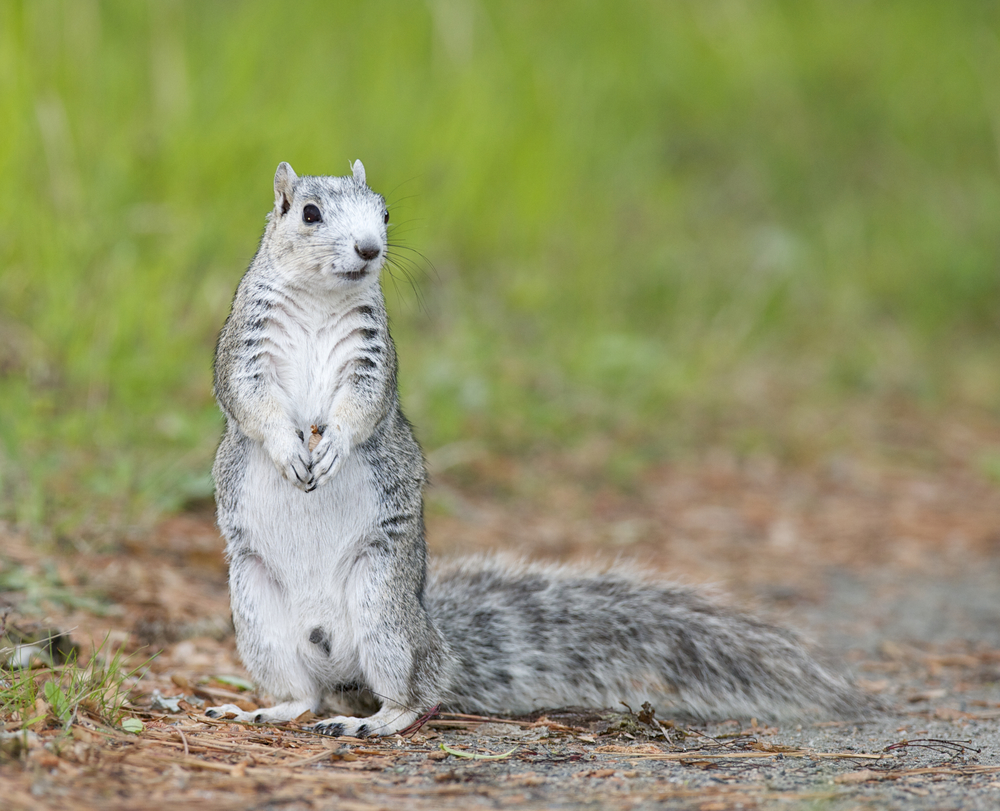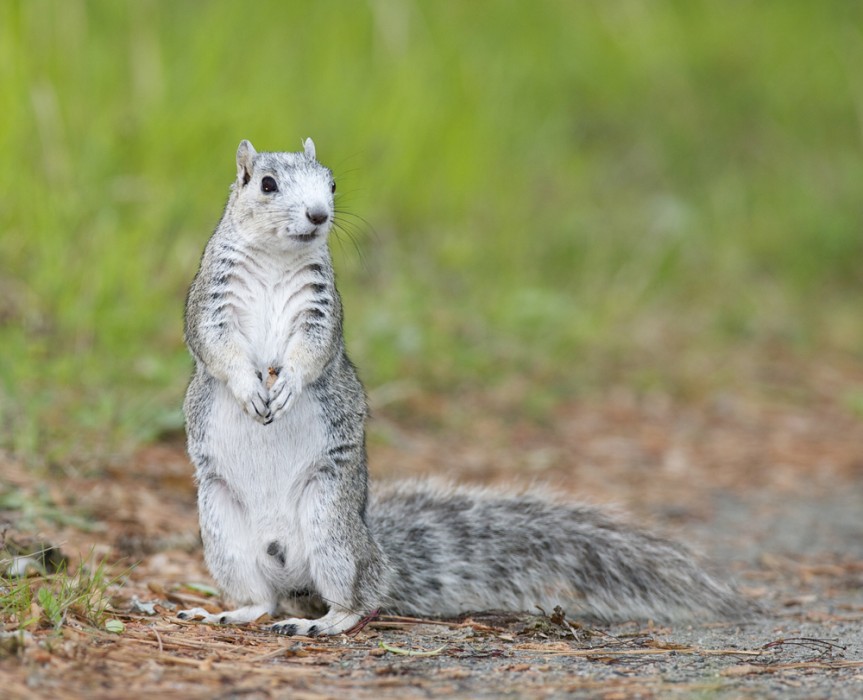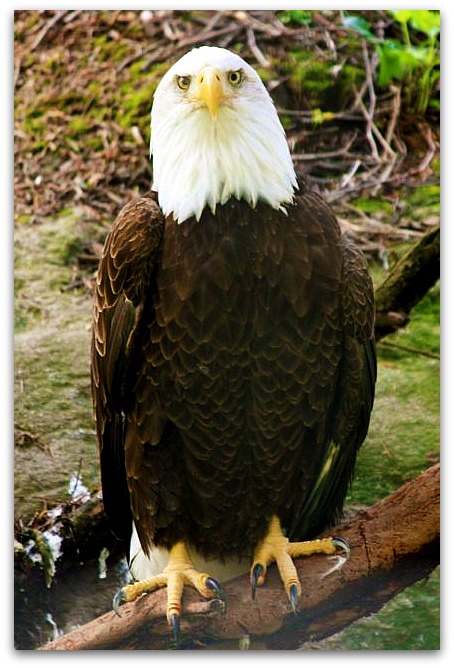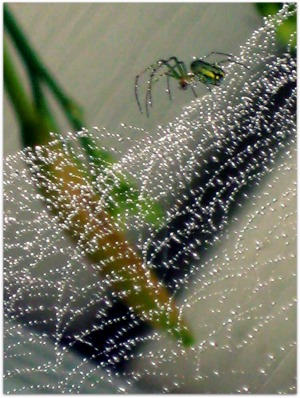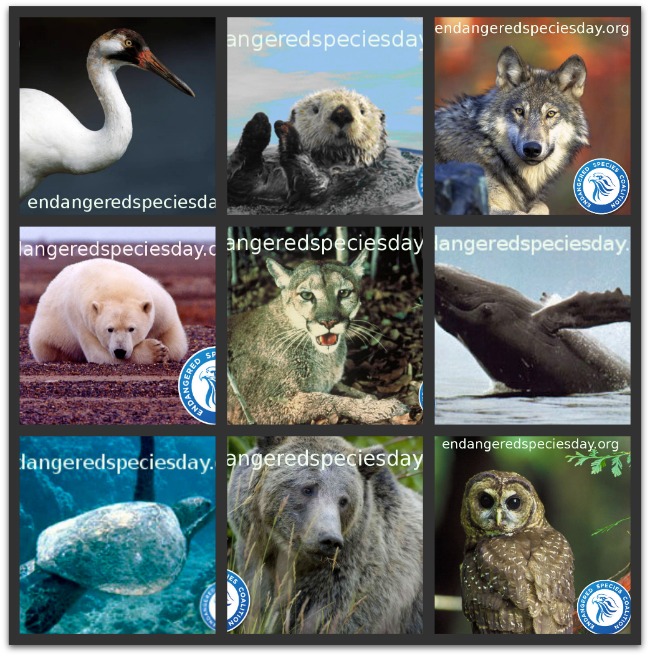The worst thing that will probably happen—in fact is already well underway—is not energy depletion, economic collapse, conventional war, or the expansion of totalitarian governments. As terrible as these catastrophes would be for us, they can be repaired in a few generations.
The one process now going on that will take millions of years to correct is loss of genetic and species diversity by the destruction of natural habitats.
This is the folly our descendants are least likely to forgive us.
— E.O. Wilson
A local squirrel I’ve never heard of, the Delmarva fox squirrel, is being removed from the Endangered Species list!
The Delmarva fox squirrel was one of the animals included on the first Endangered Species list of protected animals— it actually came under federal protection six years before the Endangered Species Act became law. That was in 1967, and it’s taken 50 years for the squirrel to make enough of a recovery to be de-listed. In fact, it’s not even included in my Audubon Society Field Guide to North American Mammals; presumably no one expected I would ever see one (granted, my edition was published in 1980).
In 1967, the Delmarva fox squirrel had lost all but 10% of its range due to overhunting and loss of habitat; that’s been increased to 28%. Today, an estimated 20,000 squirrels can be found ranging over 10 counties.
It’s worth noting that 80% of that range is on private land, and a good bit of the remainder consists of wildlife refuge areas. It takes a village— or, rather, a bunch of people who are willing to share their own habitat with local wildlife.
The Delmarva fox squirrel can grow up to 30 inches and are typically silvery-gray but coloring can vary to nearly black. The squirrel we’re used to seeing around here, the gray squirrel, is more chatty and smaller, with a narrower tail and more brownish coloring. Delmarva fox squirrels also spend more time on the ground, not jumping from tree limb to tree limb like the insane attention seeking squirrels in my backyard.
Local folks can go look for a Delmarva fox squirrel at Prime Hook National Wildlife Refuge in Sussex County, at Blackwater in Dorchester County, Maryland) and at Chincoteague. Eagle eyes might spot one in wooded areas within that range, but they don’t tend to wander into more populated areas like its gray cousin.
More than 30 species have been delisted since the Endangered Species Act began, including the bald eagle, American alligator and peregrine falcon. Every animal plays a valuable role in their ecosystem and food chain, and we can’t fully realize the consequences of their removal until it’s too late.
The best ways we can help:
- learning about endangered species
- donating to conservation efforts
- volunteering at state parks and wildlife refuges
- cultivating gardens and wild spaces that support local flora and fauna,
- inspiring our friends and neighbors to do the same.
Few problems are less recognized, but more important than,
the accelerating disappearance of the earth’s biological resources.
In pushing other species to extinction,
humanity is busy sawing off the limb on which it is perched.
— Paul R. Ehrlich
Photo credit Depositphotos
